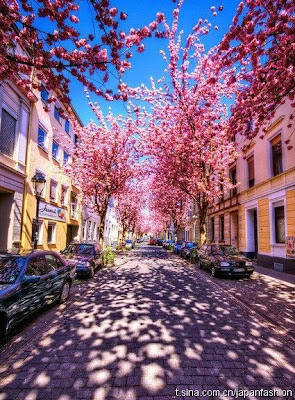Ivan Nikolaevich Kramskoi (June 8 (O.S. May 27), 1837, Ostrogozhsk – April 6 (O.S. March 24), 1887, Saint Petersburg; Russian: Ива́н Никола́евич Крамско́й) was a Russian painter and art critic. He was an intellectual leader of the Russian democratic art movement in 1860-1880.In one of Kramskoi’s most well known paintings, Christ in the Desert (1872, Tretyakov gallery), he continued Alexander Ivanov's humanistic tradition by treating a religious subject in moral–philosophical terms. He imbued his image of Christ with dramatic experiences in a deeply psychological and vital interpretation, evoking the idea of his heroic self-sacrifice.
Aspiring to expand the ideological expressiveness of his images, Kramskoi created art that existed on the cusp of portraiture and genre-painting ("Nekrasov during the period of 'Last songs,'" 1877–78; "Unknown Woman," 1883; "Inconsolable grief," 1884; all in Tretyakov gallery). These paintings disclose their subjects' complex and sincere emotions, their personalities and fates. The democratic orientation of Kramskoi’s art, his acute critical judgments about it, and his persistent quest for objective public criteria for the evaluation of art exerted an essential influence on the development of democratic art and aesthetics in Russia in the last third of the nineteenth century.
This
is a picture of an aesthetic value character portrait painter, with exquisite
skill to show spirit. The unnamed woman proud and proud, she wore Russian high
society luxury clothing, sitting in the luxurious open carriage, the background
is St Petersburg's famous Alexander theatre. Who are the "nameless
girl", is still a mystery. The painter has created a new style in
portraiture, the theme of the story to the portraits, showing a strong,
decisive, full of thoughts, exudes youthful vigor of Russian intellectual
female image





























